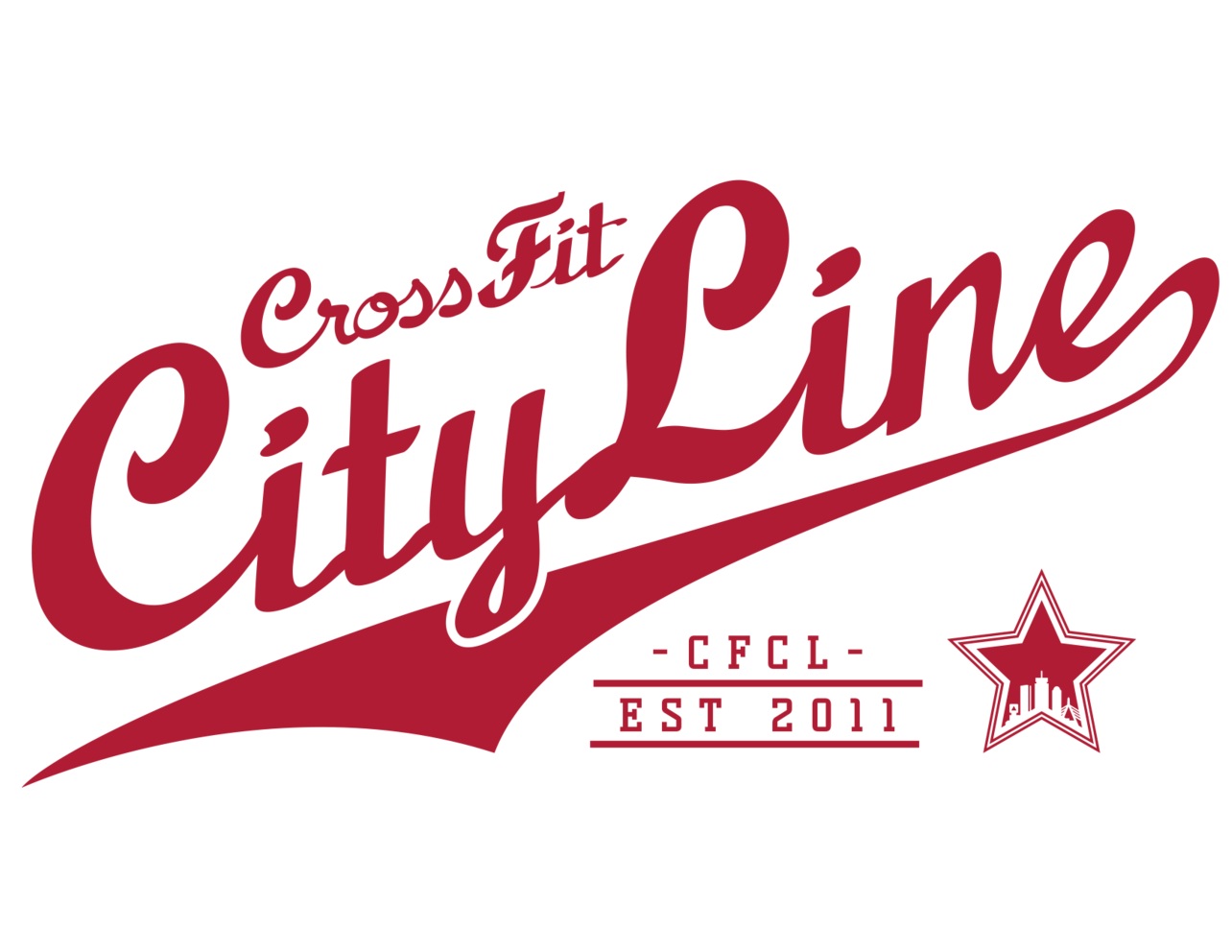Snatch Balance
The snatch balance works on your receiving position of the snatch. There's more demand on technique, precision and speed to the overhead squat.
Start with the bar on your back standing at full extension with your hands in your snatch width grip.
Bend your knees slightly and, maintaining balance and an upright torso, push with your legs against the floor like a push press, to create some upward momentum on the bar.
Jump your feet out into your receiving position as you push aggressively against the bar to move yourself down into an overhead squat. Essentially this is a jump and land into an overhead squat - depth of the squat dependent on your abilities. Secure the bar with stable arms and if you're not in a full squat, continue to squat down passing through the full squat and standing back up to full extension.
The goal is to elevate the barbell as little as possible from its starting point on the shoulders and to move the body down under it as quickly as possible.
Experience Levels
The more your practice the more experience you will get, there is no exact set amount of experience that makes someone a novice or intermediate. It's very individualized.
With that said err on the side of staying lighter then heavier if unsure. Refer to difficulty and equipment.
Difficulty and Equipment
This is not an absolute scale, but in terms of progressing in ability here's how you should be progressing:
Difficulty level will progress by adding weight and receiving the bar at lower depths of the squat with locked arms and proper technique.
Unweighted. PVC Pipe/empty barbell. (Novice)
Unloaded barbell. (Novice/Intermediate/Well Practiced - all strength dependent)
Loaded Barbell (Intermediate/well practiced - strength dependent)
This can be done with a barbell or dumbbells/kettlebells. Depending on what is written on the site, use what is written.
